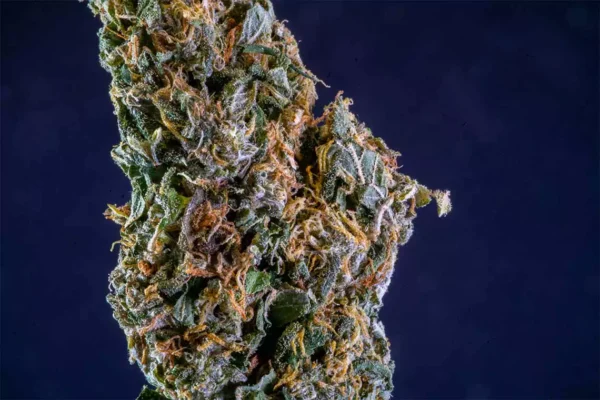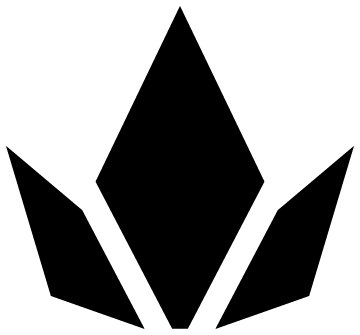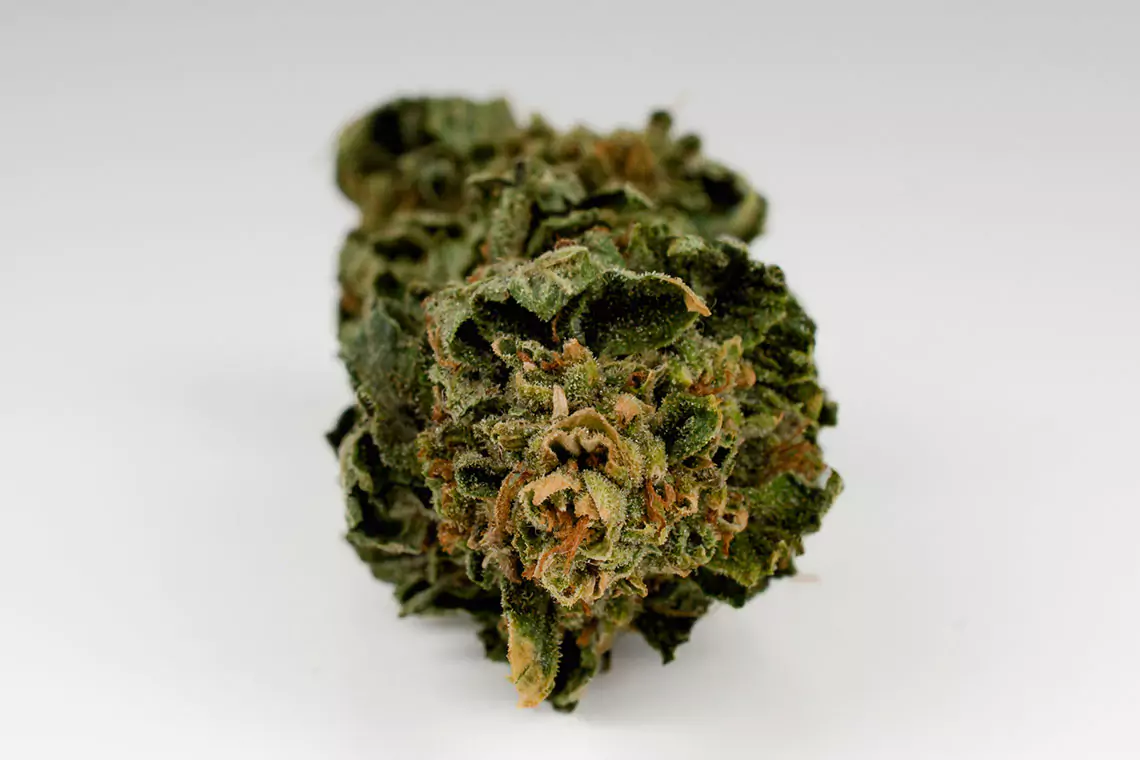Informational
What Are Cannabis Trichomes and Sugar?
Key Takeaways
- Trichomes are tiny, resinous glands on cannabis plants that produce cannabinoids and terpenes. They play a crucial role in the potency, flavor, and aroma of cannabis.
- Sugar leaves are small leaves covered in trichomes and found around the buds. They contribute to the plant’s resin production and overall potency.
- Sugar leaves can be trimmed before (wet trim) or after (dry trim) the drying stage. The choice of trimming method depends on the intended use and personal preference.
- Uses for trimmed sugar leaves include smokables, extractions, and edibles.
Sugar leaves and trichomes are the unsung heroes of your favorite cannabis strains, playing a key role in the plant’s potency and flavor. These tiny, resin-coated leaves surround the buds, sparkling with trichomes that produce the cannabinoids and terpenes responsible for those amazing effects and aromas. Think of them as the glittery icing on a potent cake! In this blog, we’ll dive into the fascinating world of sugar leaves and trichomes, exploring their essential functions, the best ways to handle them, and how they can elevate your cannabis experience to a whole new level.
Table of Contents:
What Are Trichomes?
Trichomes are the tiny, hair-like structures on cannabis and hemp flowers that give them a sugar- or sand-dusted appearance. They produce valuable terpenes and cannabinoids like THC and CBD, which are crucial to the cannabis and hemp markets.
Most of us are familiar with the oil-rich trichomes on cannabis or hemp plants. The oil produced by the trichomes is packed with cannabinoids such as THC, CBD, CGN, and over one hundred others. It also contains flavonoids, which produce a cannabis plant’s unique flavors, and many other active compounds used by the plant.
Types of Glandular Cannabis Trichomes
Three glandular trichomes — bulbous, capitate sessile, and capitate-stalked — are essential to the cannabis plant’s development.
The surface of a cannabis plant is covered with various trichome types, each with distinct forms and functions. Understanding the different trichome types is crucial for cannabis cultivators and hash makers, as they affect the potency, flavor, and effects of the final product, as well as the overall yield.
Bulbous Trichomes
(10-30 micrometers, least abundant) – Bulbous trichomes are tiny, mushroom- or lightbulb-shaped outgrowths on the cannabis plant’s surface, invisible to the naked eye. They produce little to no cannabinoids, making them less helpful in determining harvest readiness, but they help protect the plant from pests and diseases.
Capitate-Sessile Trichomes
(25-100 micrometers)—Capitate-sessile trichomes, found on the stems, leaves, and bracts of cannabis plants, are also too tiny to see without a microscope. They have a globular head attached directly to the plant’s epidermis and produce minimal cannabinoids. These trichomes produce cannabinoids throughout the plant, although they produce them at a lower level than capitate-stalked trichomes
Capitate-Stalked Trichomes
(50-500 micrometers, most abundant) – Capitate-stalked trichomes are the iconic, oil-rich trichomes that are highly sought after. They are visible without a microscope and are taller than bulbous and capitate-sessile trichomes, resembling tiny antennae with globes on top.
During the flowering stage, capitate-stalked trichomes increase in density and produce the highest quantities of desirable cannabinoids and terpenes. Cannabis plants are ready to harvest when these trichomes turn from transparent to opaque to amber.
While capitate-stalked trichomes are the most desirable, smart cannabinoid extractors will also use bulbous and capitate-sessile trichomes to maximize their biomass.
Types of Non-Glandular Cannabis Trichomes
Non-glandular trichomes do not have glandular heads but are hair-like extensions that resemble leaf hairs with pointed tips. Although they don’t produce or store active chemical compounds, non-glandular trichomes protect plants from biotic and abiotic stresses. They act as an added barrier against insects, prevent disease, shield from UV radiation, reduce transpiration, and more.
Cannabinoids Found In Trichomes
THC
Tetrahydrocannabinol (THC) is the primary psychoactive compound in cannabis, responsible for making users feel “high.” It’s one of at least 113 cannabinoids found in cannabis. THC forms in the lipid glands of flowers and leaves as a defense against stress, pests, and the environment.
THC is a critical cannabinoid in marijuana. THC enters the bloodstream, travels to the brain, and binds to endocannabinoid receptors when consumed. This affects perception, pleasure, thinking, coordination, and movement.
CBD
Cannabidiol (CBD) is another significant compound in cannabis. Unlike THC, CBD does not cause a high and is known for its therapeutic benefits, such as a relaxed mood. It can help with insomnia, pain, inflammation, depression, and arthritis.
CBD is a well-known non-psychoactive cannabinoid, typically infused in oils, herbs, patches, capsules, lotions, sprays, bath bombs, and more.
THCA
Tetrahydrocannabinolic acid (THCA) is the precursor to THC, found in the resinous glands of cannabis. THCA is non-intoxicating because its large chemical structure cannot bind to brain receptors like THC.
Although not psychoactive in its raw form, THCA can convert into THC through decarboxylation, a process involving heat. This transforms THCA’s molecular shape into something similar to THC that can bind to our endocannabinoid system.
CBN
Cannabinol (CBN) forms from the breakdown of THC in mature cannabis plants. It has a mild psychoactive effect but is known for its calming and therapeutic properties. Dr. Ethan Russo’s “entourage effect” theory” suggests that CBN, combined with other cannabinoids, can produce enhanced therapeutic outcomes such as reduced pain, nausea aid, and inflammation. Additionally, CBN has antibacterial, neuroprotectant, and anti-inflammatory benefits.

Photo by Budherd Team on Unsplash
What Are Sugar Leaves?
Sugar leaves are tiny leaves that form around cannabis buds and flowers as the plant matures. These leaves are coated with trichomes, the tiny hairs that produce cannabinoids in the plant. These trichomes make them look sugar-coated.
While you can smoke sugar leaves, as they offer many of the same effects as trichomes, they produce harsher smoke with less flavor and potency than buds. They are better suited for making cannabis concentrates and are often used as “trim” in pre-rolls. Like buds, sugar leaves must be dried to remove moisture before use and are trimmed off before the plant is dried.
How Are Sugar Leaves Used?
You can trim sugar leaves before or after the drying stage, known as wet trim and dry trim. The best approach depends on your trimming method, equipment, and the intended use of the leaves.
Sugar leaves can then be used in the following ways:
- Smokeables – Sugar leaves meant for pre-rolls and joints are usually dried and cured along with the buds, then trimmed off. You can air dry buds and sugar leaves or use a freeze dryer to speed up the process.
- Extraction – Both wet and dry sugar leaves can make extracts and concentrates. For high-quality live extracts like live bubble hash and live hash rosin, plant material can be frozen immediately after harvest and the sugar leaves can be trimmed at sub-zero temperatures using a bladeless trimmer.
Final Thoughts
Trichomes and sugar leaves play a crucial role in the overall health and development of cannabis plants. Trichomes play a vital role in the cannabis plant’s life cycle and are a key factor in determining the potency, flavor, and aroma of the final product. While sugar leaves are essential for supporting bud growth and resin production, contributing significantly to the potency and flavor of the final product. Understanding how these two elements of the cannabis plant work together can help you make more informed choices about the cannabis and hemp products you decide to purchase.
(Disclaimer reminder: This article is not medical advice. It is based on anecdotal user experience alone. If you are thinking about incorporating cannabis (delta-8 THC, delta-9 THC, CBD, etc) into your medicinal routine, please consult a healthcare professional. Do not stop taking any prescribed medications without first consulting your doctor.)
Disclaimer: This article reflects the laws of the United States at the time it was written. Because cannabis laws in the United States laws are subject to change at any time, please make sure that you are always staying up to date on your federal, state, and local county’s cannabis laws. Additionally, we are NOT encouraging anyone to break the law––we are simply showing people ways to legally and discreetly bring their cannabis products along with them on their travels so that they may have access to those products when they reach their intended destination.



